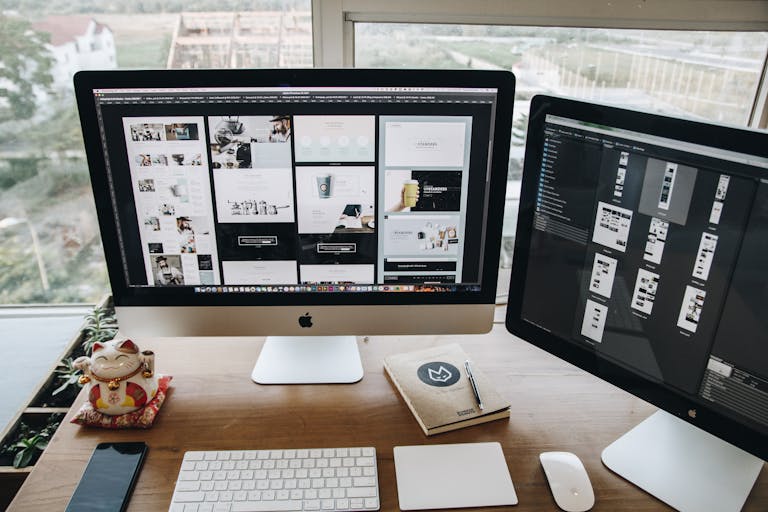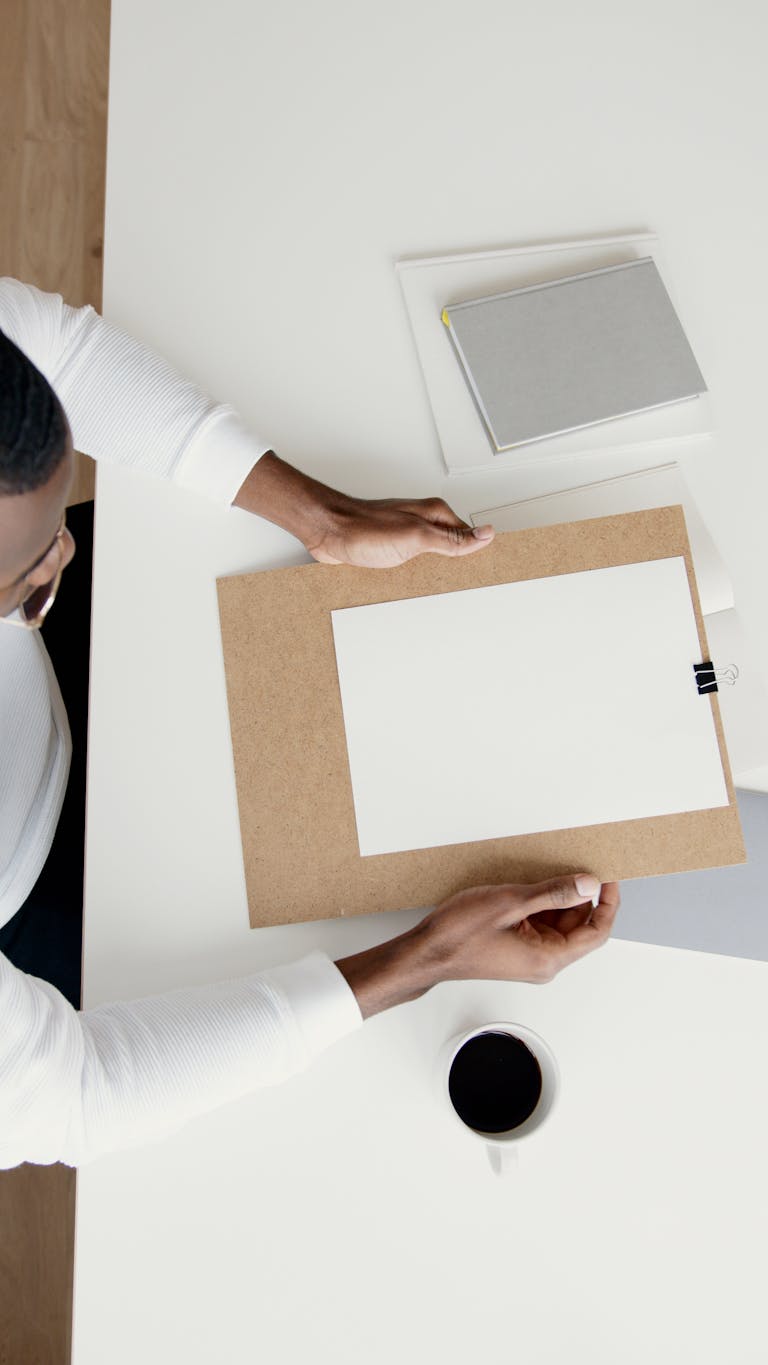Technology has made our lives faster, easier, and more connected. Yet, if left unchecked, it can also drain our energy, shorten our attention spans, and disrupt real-world relationships. Mindful technology use isn’t about ditching devices — it’s about using them thoughtfully and intentionally.
Here’s how you can enjoy the best of technology while maintaining your sanity and balance.

Why Mindful Tech Use Matters
Unchecked tech use can lead to:
- Decreased attention span
- Higher stress levels
- Poor sleep quality
- Strained relationships
Mindful tech use helps you:
- Stay focused
- Protect your mental health
- Strengthen real-world connections
- Sleep better and feel more energized
8 Smart Strategies for Mindful Tech Use
1. Create No-Phone Zones
Designate specific areas in your home as tech-free, such as:
- Bedroom
- Dining table
- Bathroom
This protects your sleep, your relationships, and your peace of mind.
2. Schedule Tech Breaks
Instead of being “always available,” schedule intentional breaks from screens. Examples:
- 30 minutes of screen-free time after waking up
- No screens one hour before bed
- A digital detox Sunday afternoon
Boundaries refresh your brain and reduce tech fatigue.
3. Use Apps to Manage Apps
Ironically, technology can help you manage technology:
- Install usage trackers (like Digital Wellbeing or Screen Time)
- Set daily limits on social media
- Use focus apps that block distractions
Awareness is the first step to control.
4. Prioritize Human Interaction
Make real-life interactions your default. When possible:
- Call instead of text
- Meet for coffee instead of chatting online
- Look people in the eye, not at your screen
Technology should amplify—not replace—human connection.
5. Practice “One Screen at a Time”
Multitasking across devices divides attention and increases cognitive load.
Choose one device, one task:
- If you’re watching TV, put your phone away
- If you’re working on a laptop, close irrelevant tabs
Deep engagement leads to better outcomes and satisfaction.
6. Curate Your Digital Environment
Be ruthless about what you allow into your digital life:
- Unfollow accounts that don’t uplift you
- Delete unused apps
- Organize your home screen around purpose, not distraction
A cleaner digital environment = a calmer mind.
7. Set Purposeful Notifications
Turn off non-essential notifications. Ask:
“Does this notification serve me or distract me?”
Prioritize messages from family, close friends, or essential apps only. Silence the rest.
8. Reflect Regularly
Every week, ask yourself:
- How much joy or stress did my tech use bring?
- What could I change to feel better next week?
Mindful awareness keeps your relationship with technology healthy and intentional.
Q: What if I need to use technology for work all day?
A: Mindful tech use isn’t about cutting usage—it’s about creating boundaries and intentional habits, even if you work online.
Q: Is social media bad for mental health?
A: Social media isn’t inherently bad, but unconscious, endless scrolling can harm mental health. Mindful usage and time limits make a big difference.
Q: Can mindfulness apps really help?
A: Yes! Apps like Headspace, Calm, or Insight Timer can train your mind to stay present even while navigating tech-heavy days.
Small Tweaks, Big Impact!
Choose one mindful tech strategy from today and apply it immediately. Your digital life—and mental health—will thank you.

I’m EKBAL HOSSAIN MONDAL, the creator of SmartSolveTips.com — a blog dedicated to helping people improve productivity, avoid digital burnout, and live better online. With years of hands-on experience in self-development and digital wellness, I write practical tips and tools to help you stay focused and thrive in a fast-paced digital world.






